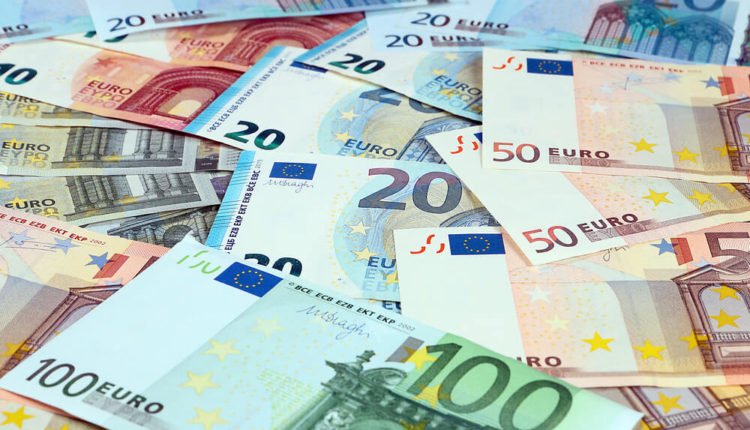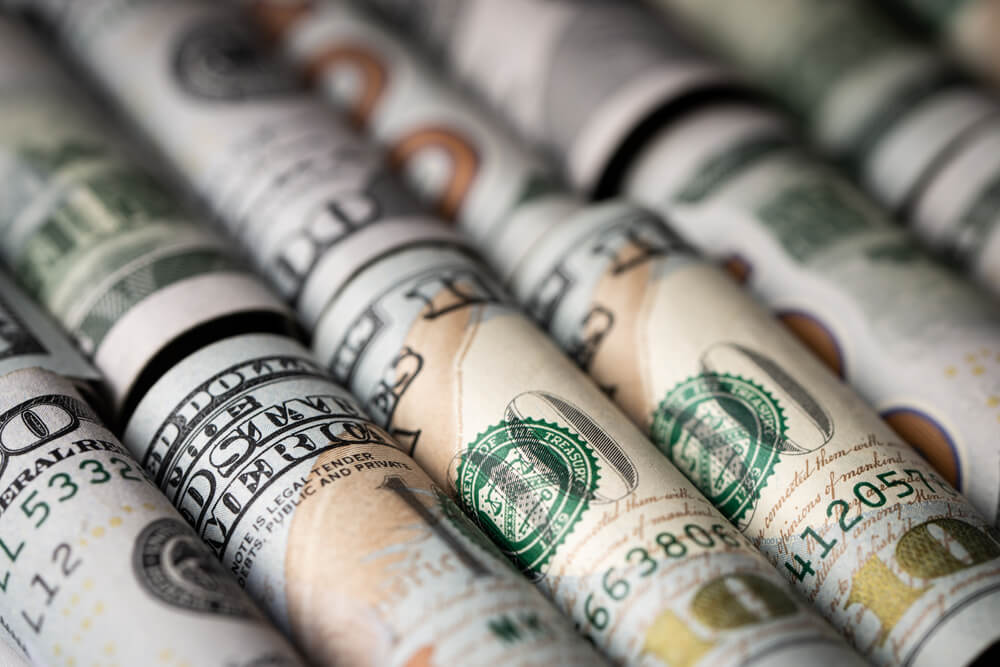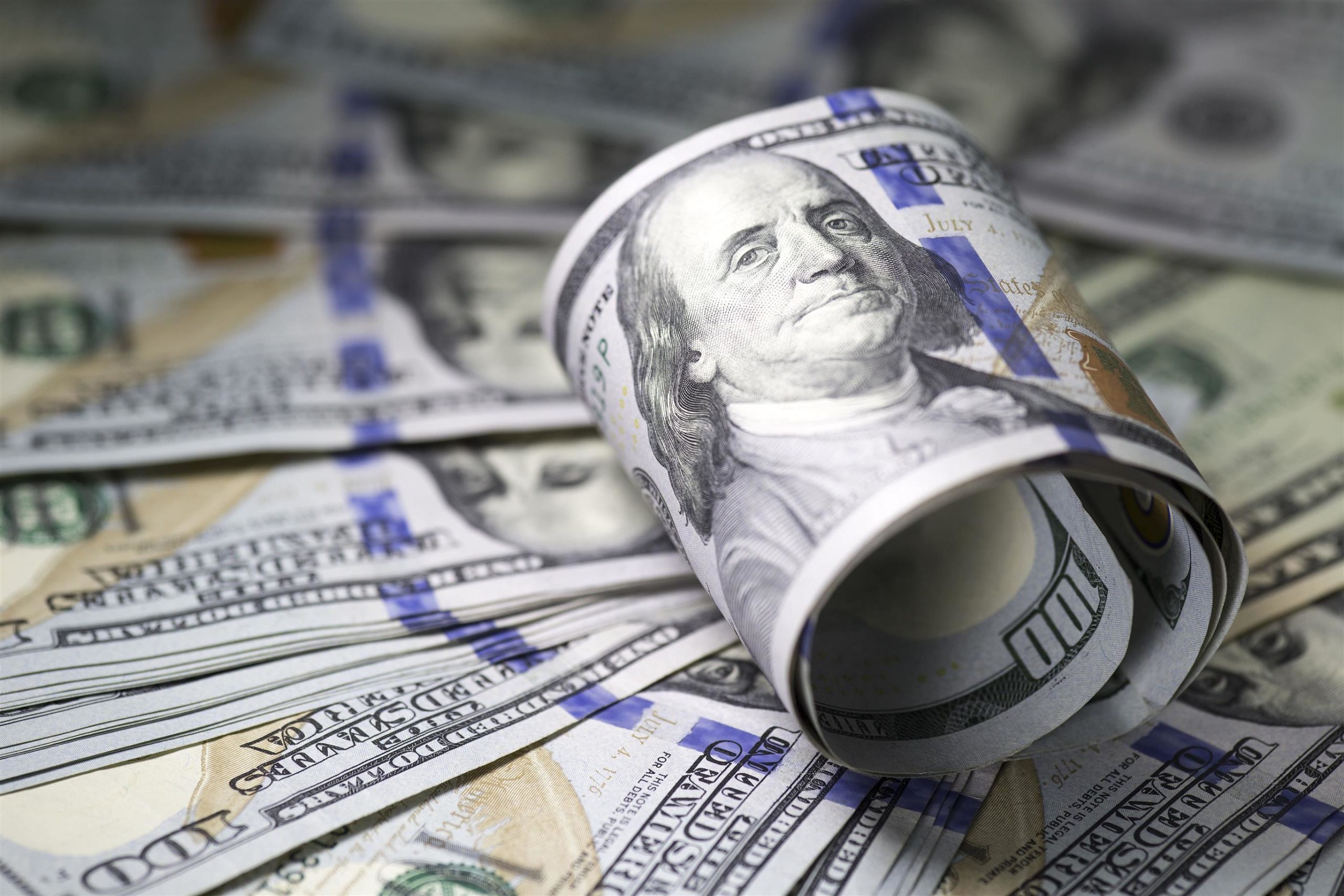Investors read a contracting U.S. economy as another reason for the Federal Reserve to take off the tightening pedal, causing Treasury rates to plunge to a six-week low.
The Commerce Department’s advance estimate, issued on Thursday, indicates that the United States second-quarter gross domestic product (GDP) shrank at an annualized pace of 0.9 percent. That came after a 1.6% decline in the first quarter. Money markets presently place a 76 percent probability on the Fed slowing rate rises to a half point at the September meeting, compared to a 14 percent chance of a third straight 75 basis-point increase. The dollar gained 0.13 percent as it traded at 134.39 yen after falling 1.74 percent overnight, the biggest since March 2020. The lowest day since June 17 was Thursday when it dipped to a low of 134.2.
What Rates to Expect?
Following a three-day fall, long-term Treasury rates maintained steady at approximately 2.67 percent on Friday in Tokyo. The dollar index, which compares the value of the dollar to six major rivals, rose 0.03 percent to 106.25 on Friday after falling to a more than three-week low of 106.05 on Thursday and recording a 0.28 percent loss. Although this weakness has been “flattered” by an oversized rebound in the yen, Ray Attrill, the head of FX strategy at National Australia Bank (OTC: NABZY) in Sydney, says that lower rates and positive risk sentiment are a tried-and-true formula for a weaker USD.
The GDP statistics came a day after the Fed promised to not waver in its fight against the most aggressive U.S. inflation since the 1980s, even if it means a “sustained period” of economic weakness and a sluggish jobs market. The Fed hiked rates by an as-expected 75 basis points. Based on the strength of the labor market, Fed Chair Jerome Powell stated on Wednesday that he did not believe the United States was in a recession.
The National Bureau of Economic Research, however, is the authority on recessions in the United States. According to its definition, a recession is a significant decline in economic activity spread across the economy, lasting more than a few months, normally visible in production, employment, real income, and other indicators.















